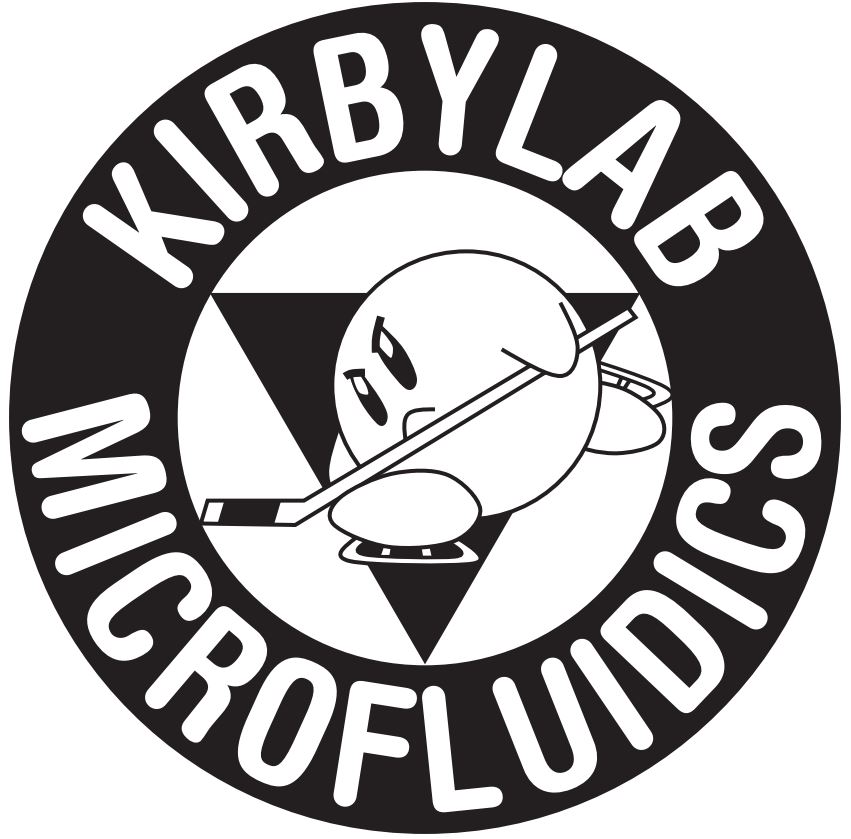Toward Better Healing After Heart Attack
Hello all. During my time with the Kirby Lab as an undergraduate, I worked on a problem related to chondrocyte (cartilage cell) mechanobiology. Our goal was to determine which of several candidate environmental signals (mechanical force, electrical potential, nutrient transport) was being sensed by chondrocytes and stimulating secretion of glycosaminoglycans (important components of the extracellular matrix of cartilage) in response to dynamic squeezing of cartilage tissue. As part of my graduate work at the Cardiac Biomechanics Group at the University of Virginia, I have been working on a similarly posed problem – sorting out the effects of several environmental signals on a biological process – with a different tissue and cell type. What follows is an introduction to this work and an update on recent progress.
Heart tissue is highly anisotropic, meaning it contains highly aligned muscle and extracellular matrix fibers. This anisotropy coordinates muscle fiber contraction and is an important determinant of heart function, that is, how well the heart works as a pump. When an individual has a heart attack, a patch of heart muscle dies and is replaced by collagen-rich scar tissue, which does not contract like healthy muscle and thus compromises heart function. The extent to which function is depressed after heart attack is determined not only by the loss of active contraction at the site of injury, but also by the mechanical properties of the scar tissue, which depend on the structure of the collagen matrix that makes up the scar tissue. The determinants of this structure are not well understood, and both highly anisotropic and highly isotropic collagen fiber matrices have been reported in the literature. We are interested in understanding what determines the collagen fiber structure of the scar tissue, with the long term goal of preserving the native anisotropy of the damaged heart tissue or guiding the development of a scar tissue structure that best preserves heart function.
Fibroblasts are the cell type primarily responsible for secreting and organizing collagen into a fibrous matrix to form scar tissue at the site of tissue damage. Fibroblasts are generally spindle-shaped and their orientation can be regulated by chemical, structural, and mechanical cues (e.g. chemokine gradients, fibrous or ridged substrates, substrate stiffness gradients or stretch). Fibroblasts have been shown to organize nearby collagen fibers such that they are co-aligned with the long axis of the cell. Based on this information, we hypothesized that different heart attacks produce different combinations and strengths of environmental guidance cues, which then strongly or weakly promote a preferred orientation of fibroblasts and collagen fibers.
In the paper titled Mechanical Regulation of Fibroblast Migration and Collagen Remodeling in Healing Myocardial Infarcts, published earlier this year in the Journal of Physiology, we presented an agent-based model that we developed to simulate the process of scar formation after heart attack and test how well our model reproduced experimentally measured scar structures, depending upon what we assumed about the relative importance of chemical, structural, and mechanical guidance cues. We found that although chemical and structural cues had important effects on collagen orientation, a response of fibroblasts to mechanical stretch was needed to predict the collagen fiber structures observed in different scars. This is an exciting finding since the pattern of stretch of the damaged tissue is amenable to modification by surgical means, which is a current line of investigation in the lab. Furthermore, many therapies intended to improve healing after a heart attack, such as injection of cells or polymers, will alter the mechanics of the injured tissue, which our finding suggests, could change the outcome of such therapies in previously unexpected ways and should be considered carefully.
At the 2012 BMES conference in October, I will present progress on our attempt to use our computational model, with some additional experimental measurements, to test several candidate explanations of how the pattern of mechanical stretch acting on the injured heart tissue determines the structure of the collagenous replacement scar.
